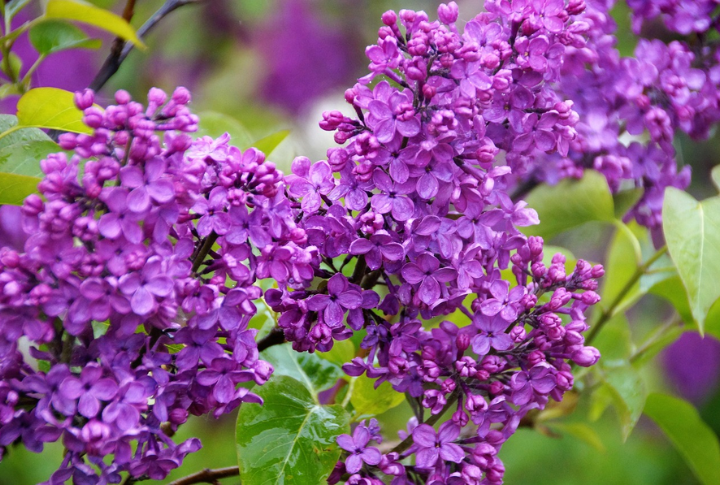
Lilacs bring timeless charm and fragrance to any yard. One wrong move can leave you with tall green sticks and zero blooms. If you’re a seasoned gardener or new to shrubs, these common mistakes might be sabotaging your spring show. Want full, fragrant lilacs every year? Start here. Learn what to avoid and how to fix it before the next bloom cycle begins.
Planting In The Wrong Spot

Six hours of direct sunlight is essential for the plant. Lilacs grown in the shade produce tall stems but no blooms. North-facing walls are poor choices. In cooler regions, planting in wide-open, sun-drenched spots actually extends blooming, giving gardeners a longer show and stronger fragrance retention.
Skipping The Soil Test
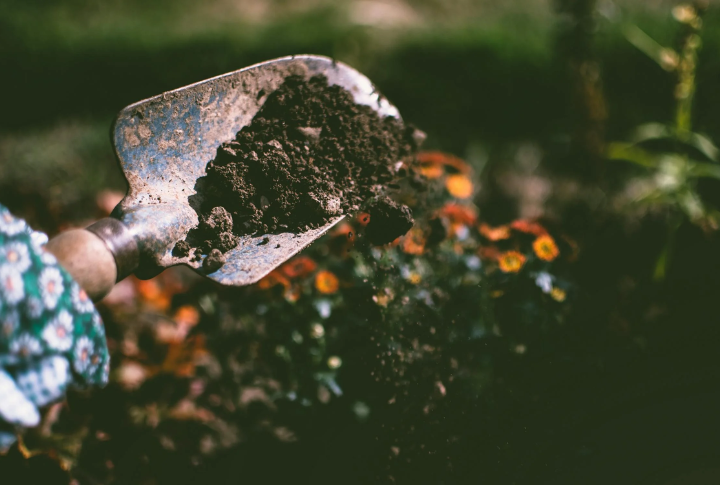
Overlook soil pH, which should be between 6.5 and 7.0, and your lilacs will tell you by underperforming. Acidic ground blocks nutrients like phosphorus, which means fewer flowers. Many American lawns skew acidic. Curiously, lilacs flourish near old foundations, where leached lime from concrete raises soil alkalinity just enough for ideal health.
Planting Too Deep

When lilacs are buried below their graft point, roots struggle to breathe, and rot sets in. It only takes an inch too much to halt blooming for years. Most garden centers won’t warn you, yet this mistake quietly ruins more lilacs than visible pests do.
Watering Too Often
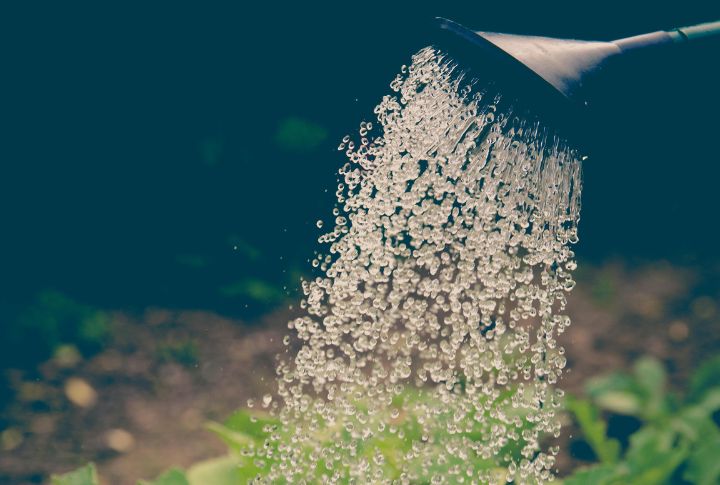
Soggy soil is deadly. Unlike thirsty annuals, lilacs thrive with deep, infrequent watering, only need water every 10–14 days. Constant moisture chokes oxygen from roots and stalls growth. Oddly, overwatering mimics dormancy by confusing the plant’s biological clock. Yellowing leaves are often blamed on dryness when the true culprit is waterlogged stress.
Using High-Nitrogen Fertilizer

Fertilizer formulas matter. Too much nitrogen pushes leaf growth instead of blooms and weakens structure. A 5-10-10 mix keeps lilacs productive and sturdy. Lawn fertilizers are sneaky, and nitrogen runoff reaches root zones. Don’t be fooled by lush greenery; flowers need phosphorus, not more stem volume.
Pruning Too Late In The Season
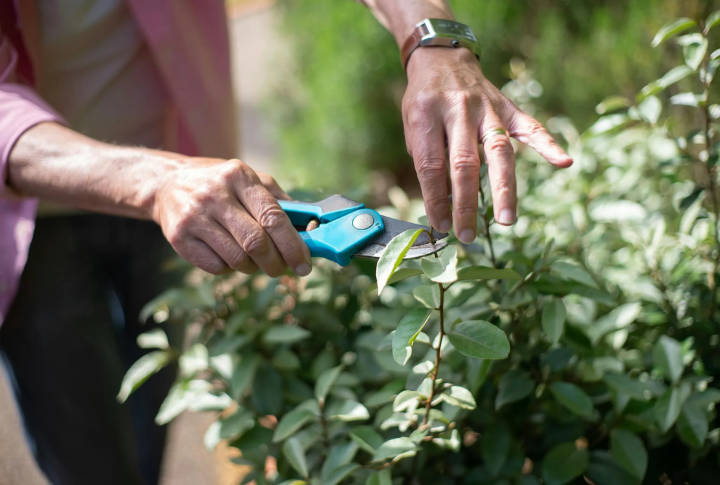
Lilacs plan ahead and form next year’s buds just 3 weeks after this season’s blooms fade. Miss that pruning window, and you’re cutting off future color. Prune too late, and the damage won’t show until spring. Unlike roses, lilacs don’t forgive calendar mistakes with new blooms.
Letting Suckers Take Over
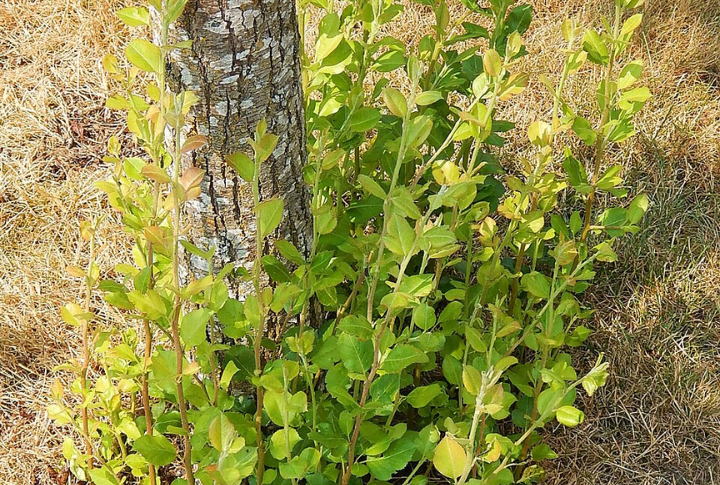
Basal suckers may look harmless, but they’re energy hogs. These offshoots drain nutrients and crowd the core shrub. Left unmanaged, they overtake the original lilac entirely. Most gardeners don’t notice until airflow suffers and blooms diminish. Remove them early before the shrub becomes a thicket.
Crowding With Other Plants

Close quarters create trouble. When nearby plants shade lilacs or block the wind, fungal problems appear. Dense undergrowth like ivy or hostas also competes for root space. Even pretty groundcover can cripple lilac performance. Proper spacing ensures airflow and sun reach every stem from base to tip.
Ignoring Powdery Mildew

This white film isn’t just cosmetic but weakens leaves and hinders next season’s growth. It thrives in humid, stagnant air, especially in late summer. Some lilac types resist it naturally, but many don’t. Prevention starts with space, sunlight, and pruning, not after symptoms show up.
Failing To Remove Spent Blooms

Deadheading isn’t about aesthetics—it’s energy redirection. When faded blooms remain, lilacs waste resources on seed production instead of root and bud development. Most don’t rebloom that year, but trimming still benefits next season. A quick snip today supports a stronger, more flower-filled future.
Expecting Too Much From Dwarf Varieties

Dwarf lilacs are compact but not bloom machines. Many produce either a strong scent or vibrant color, rarely both. ‘Bloomerang’ reblooms twice a year but lightly. Some dwarf types only flower every other year. Don’t expect full-size performance from a pint-sized plant. Choose wisely based on what matters more.
Allowing Mature Plants To Go Unthinned
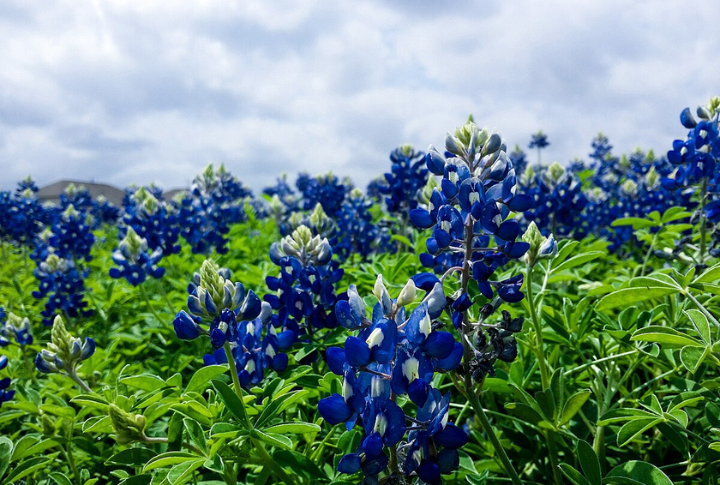
Lilacs don’t age gracefully without help. Woody stems block sunlight, reduce airflow, and suppress blooms. Thinning the oldest 1/3 of canes each year restores health. With proper maintenance, century-old lilacs still bloom strongly. Without it, flowering slows, and the interior becomes dark, brittle, and unproductive.
Choosing The Wrong Variety For Your Zone

Lilacs aren’t universal. Many need winter chill to trigger blooms. Warmer regions require low-chill types like ‘Blue Skies’ to flower reliably. If your zone lacks sustained cold, expect leaves without flowers. Selecting zone-matched cultivars is essential to seeing blossoms in southern and coastal climates.
Mulching Incorrectly Around The Base

Too much mulch suffocates roots and holds excess moisture. Organic mulch can acidify the soil over time. A thin 2–3-inch layer works best; never pile it up. “Volcano mulching,” where mulch touches the trunk, encourages rot. Ironically, over-mulching kills more lilacs than droughts or pests combined.
Planting In Poorly Amended Clay Soil

Lilacs hate Clay’s tight grip. Waterlogging causes rot, halting growth and bloom. They prefer loam that drains freely. Amending with compost and coarse sand improves the texture quickly. In persistently heavy soils, raised beds may be the only fix. Poor drainage is a silent lilac killer.
Allowing Seedheads To Form Unchecked
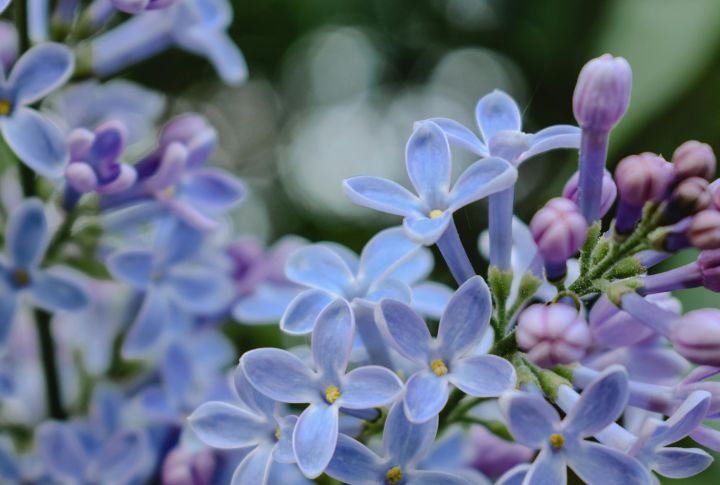
Letting seedheads stay drains resources from next year’s flowers. Most lilac seeds are sterile, making the effort pointless. Removing spent blooms refocuses the plant’s energy on shoots and roots. When left, lilacs assume their job is done, resulting in fewer branches and reduced spring bloom.
Using The Same Pruning Method For All Lilacs

Lilacs aren’t one-size-fits-all. Shrubs and tree lilacs bloom in different woods and respond differently to cuts. Over-pruning young plants delays maturity. Tree types bloom later and need light shaping. Misapplied pruning methods can ruin both form and flowering. Know your type before making cuts.
Allowing Weeds To Compete At The Base

Weeds around lilacs don’t just look messy—they steal moisture and nutrients. Root competition weakens flower output. A clean, two-foot weed-free radius promotes stronger growth. Even clover, often seen as helpful in lawns, competes too aggressively. Young lilacs especially suffer when forced to share resources.
Assuming All Lilacs Will Be Fragrant

Not every lilac smells sweet. Some hybrids prioritize color or hardiness, sacrificing scent. Environmental stress, like drought, can mute even strong-scented cultivars. ‘Sensation’ looks stunning but barely smells. If fragrance matters most, research before planting, and remember: soil health also affects how blooms express scent.
Overlooking Signs Of Borer Damage
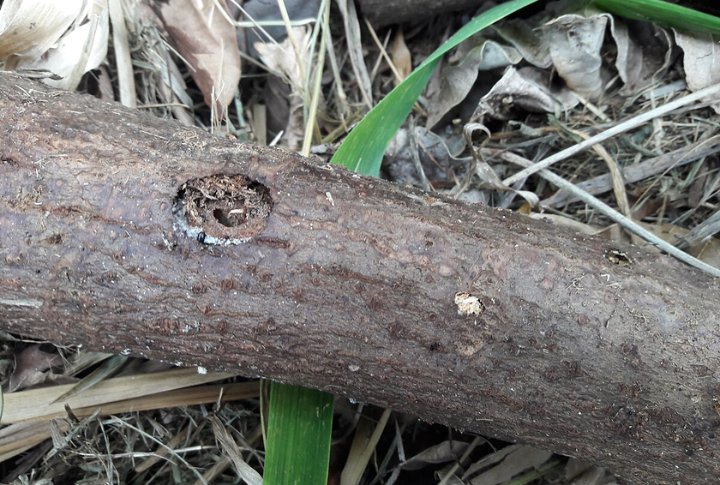
Borers burrow into lilac stems, causing dieback and wilting. Tiny holes and sawdust at the base signal their presence. Stressed or improperly pruned plants are easy targets. Many infestations begin after late spring pruning. Acting fast prevents widespread internal damage and permanent structural weakness.

